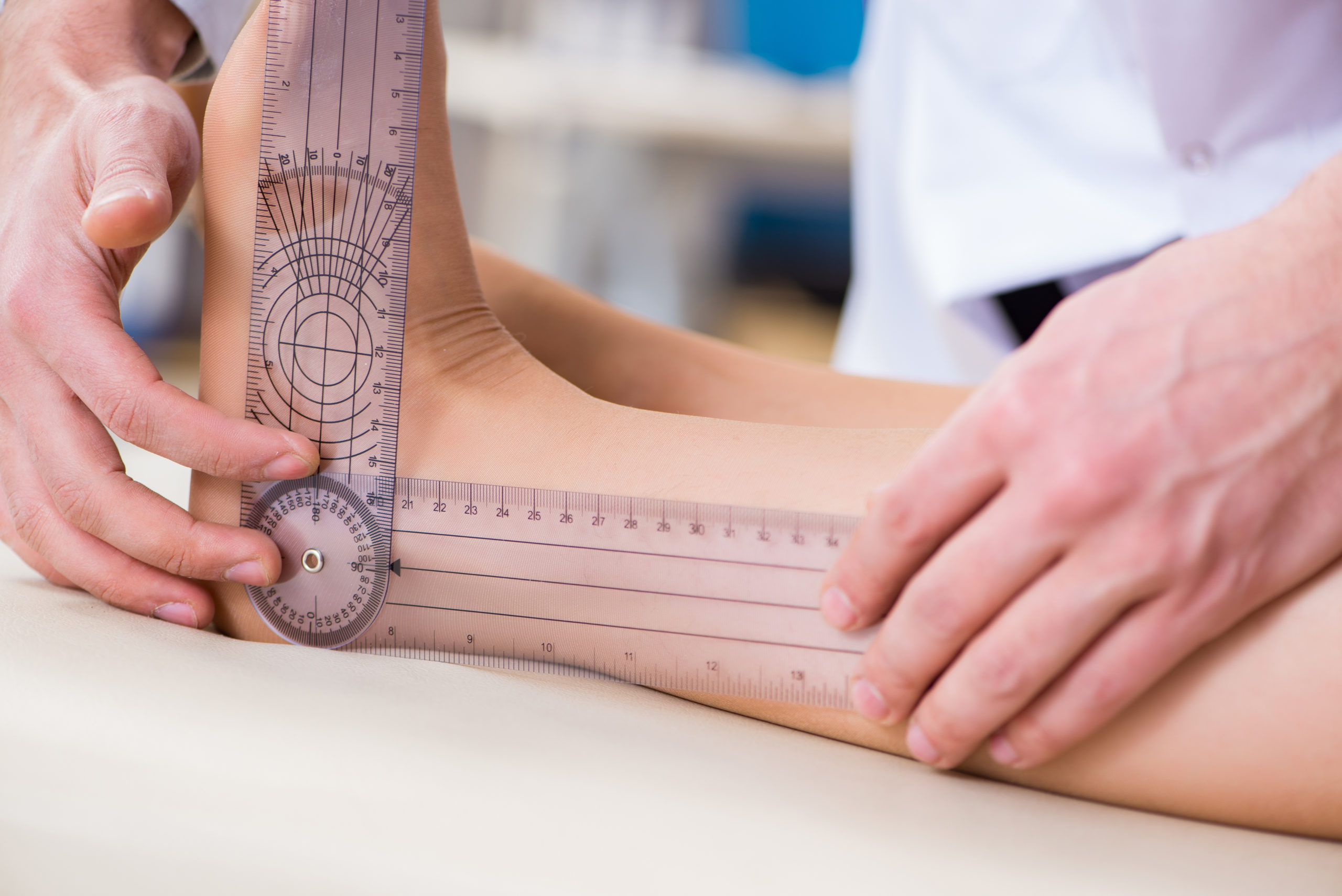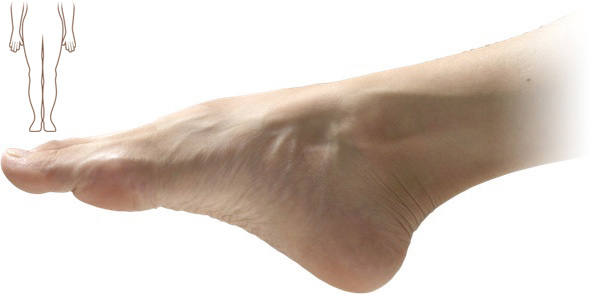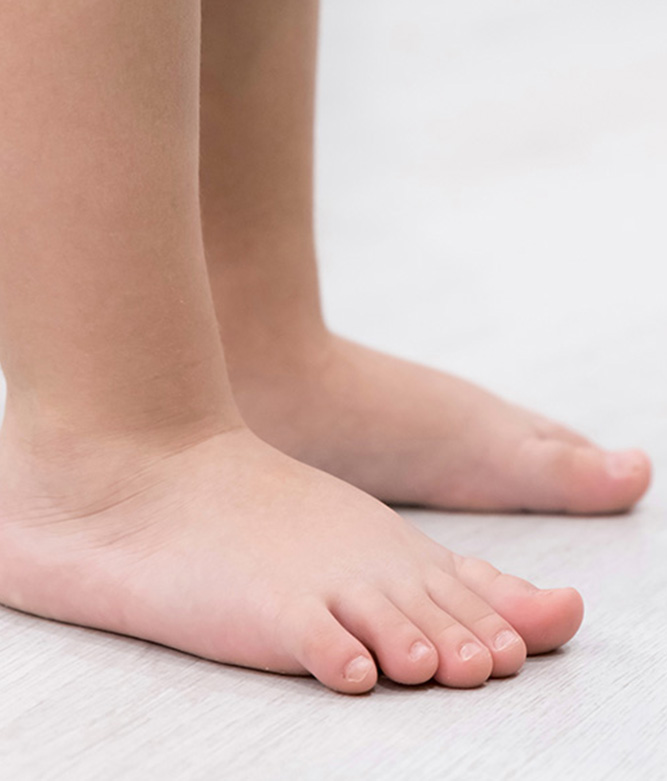
Joint hypermobility, often referred to as ligamentous laxity, means that your ligaments, joints and other tissues exceed the normal range of motion for that structure. People with this condition are considered naturally very flexible, and were historically referred to as being double-jointed. Despite it being estimated that 20-30% of people may have some form of joint hypermobility, this condition, and the risks it may pose (or the benefits it may bring), tends to go unnoticed in the majority of people.

Causes & Symptoms
Joint hypermobility tends to be inherited, running in families, and is thought to be linked genetically to changes in the structure of the collagen protein found in our tissues. When the tissues that help support and stabilise the joint are loose or stretchy, they cannot properly do their job, and so the joints are hypermobile.
Joint hypermobility may also be linked to low muscle tone, shape of the bone ends (for joint hypermobility), and proprioception of the joints. In less common cases, hypermobility is a symptom of a disease or disorder like Ehlers-Danlos, Marfan’s and Down’s Syndrome.
Many people with joint hypermobility do not have any symptoms aside from having stretchy tissues or flexible joints. When symptoms are present, they may include:
- Joint pain, which tends to worsen with physical activity
- Muscle fatigue leading to tired, achy legs
- Higher incidence of sprains and dislocations
- Balance and coordination problems
Joint hypermobility In Kids
Between 25% and 50% of children below the age of 10 may have signs of hypermobility. As kids grow older, this percentage decreases. Most children won’t show any negative side effects of their hypermobility, often using it to their advantage in sports like gymnastics and dancing.
When symptoms do arise, it usually presents as foot and leg aches, and is sometimes mistaken for growing pains. Kids may also be more susceptible to sprains, strains, and less commonly, subluxations and dislocations.
Joint hypermobility In Adults
If your joint hypermobility persists into adulthood, it’s important to be aware of the risks so you can manage any problems that arise. These risks include a higher likelihood of sprains, strains and dislocations, joint instability, and poor muscle strength. As the connective tissues in the feet tend to be more loose, those with joint hypermobility have a greater likelihood of having flat feet, and have a higher risk of developing problems associated with flat feet like plantar fasciitis heel pain, posterior tibial tendon dysfunction, and more.
Women can also find that they become more flexible and hypermobile in pregnancy due to a hormone called Relaxin that circulates through the body to relax the tissues and body in preparation for childbirth. This is usually temporary, and occurs particularly in the second and third trimesters.

Managing Joint Hypermobility
When joint hypermobility causes painful and uncomfortable symptoms, they will need to be managed as they arise.
If a person’s joint hypermobility is asymptomatic with no effects on everyday life, direct treatment may not be necessary, though strategies can be implemented to support the tissues and joints to prevent pain and injury from developing. These may include:
- Using custom foot orthotics to support and stabilise the feet and legs
- Using braces, guards and strapping to help stabilise the joints during physical activity
- Wearing good, supportive footwear
- Having a good strengthening program to help muscles support and stabilise the joints
- Maintaining good posture and trying to avoid overextending your joints where possible
If you suspect that you have joint hypermobility in one or more of your joints, your My FootDr podiatry team can help you manage any symptoms and help protect your joints from injury.






